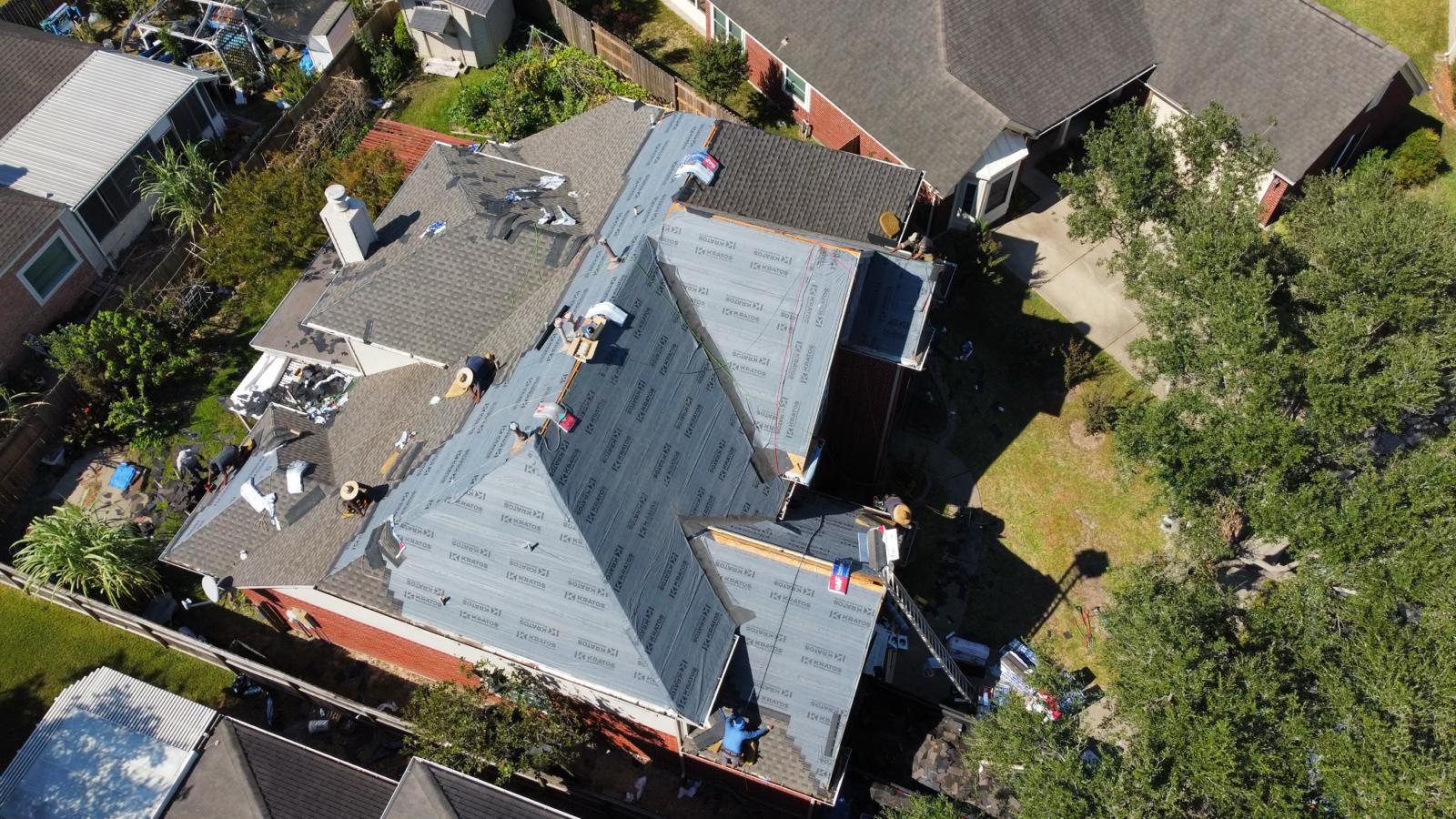As energy costs continue to rise and environmental concerns grow, the importance of energy-efficient building solutions has never been more critical. One innovative approach gaining traction in commercial and residential sectors is the cooling roof system. Designed to reflect more sunlight and absorb less heat than standard roofs, cooling roof systems not only enhance energy efficiency but also contribute to a more sustainable future. In this blog, we’ll explore what cooling roof systems are, their benefits, and how they can help you save on energy costs.
What is a Cooling Roof System?
A cooling roof system is designed to maintain a lower surface temperature compared to conventional roofing materials. These roofs typically have reflective properties that reduce the amount of solar energy absorbed, which helps keep indoor temperatures cooler. There are several types of cooling roof systems, including:
- Reflective Roof Coatings: These coatings are applied to existing roofs to enhance their reflective capabilities, often used on flat or low-slope roofs.
- Light-Colored Roofing Materials: Choosing light-colored or highly reflective roofing materials can significantly reduce heat absorption.
- Green Roofs: These systems incorporate vegetation, which provides natural insulation and cooling through evapotranspiration.
Benefits of Cooling Roof Systems
1. Energy Savings
The most immediate benefit of a cooling roof system is reduced energy consumption. By reflecting sunlight and reducing heat absorption, cooling roofs can lower indoor temperatures, decreasing the demand for air conditioning. Studies show that cooling roofs can lower energy costs by 10% to 30%, depending on the building’s location and climate.
2. Improved Indoor Comfort
A cooler roof leads to a more comfortable indoor environment. With less reliance on air conditioning, buildings can maintain consistent temperatures, reducing hot spots and improving overall occupant comfort. This is especially important in commercial buildings, where employee productivity can be affected by uncomfortable temperatures.
3. Extended Roof Lifespan
Cooling roof systems can help prolong the life of roofing materials. Excessive heat can cause roofing materials to deteriorate faster, leading to premature roof replacement. By keeping roofs cooler, cooling roof systems can reduce wear and tear, ultimately saving on maintenance and replacement costs.
4. Reduced Urban Heat Island Effect
In urban areas, extensive use of dark roofing materials contributes to the urban heat island effect, where cities experience higher temperatures than surrounding rural areas. By incorporating cooling roofs, cities can help mitigate this effect, contributing to lower overall temperatures and improving local air quality.
5. Environmental Benefits
Cooling roof systems can significantly reduce greenhouse gas emissions. By lowering energy consumption, buildings contribute less to the demand for fossil fuels, helping to combat climate change. Additionally, the use of green roofs promotes biodiversity and improves stormwater management by absorbing rainwater.
How to Implement a Cooling Roof System
1. Evaluate Your Current Roof
Before implementing a cooling roof system, assess your existing roof. Consider factors such as its age, condition, and current energy performance. This evaluation will help determine the best approach for your cooling roof solution.
2. Choose the Right Solution
Depending on your building type and specific needs, select the most suitable cooling roof option. This could involve applying a reflective roof coating, replacing roofing materials with light-colored options, or installing a green roof.
3. Professional Installation
While some cooling roof solutions can be DIY projects, it’s often best to hire professionals for installation, especially for reflective coatings or green roofs. Experienced contractors can ensure proper application and compliance with local building codes.
4. Regular Maintenance
To maximize the benefits of your cooling roof system, establish a regular maintenance schedule. This includes inspections, cleaning, and necessary repairs to ensure optimal performance.
Conclusion
Energy-saving roofing with a cooling roof system is a smart investment for both residential and commercial properties. By reducing energy costs, improving indoor comfort, and contributing to environmental sustainability, cooling roofs represent a forward-thinking approach to building design and maintenance.
As the demand for energy-efficient solutions grows, consider the advantages of implementing a cooling roof system in your next roofing project. Not only will you enjoy lower energy bills and a more comfortable living or working environment, but you’ll also play a part in promoting a healthier planet. If you’re considering this upgrade, consult with roofing professionals to explore the best options tailored to your specific needs and climate conditions.



